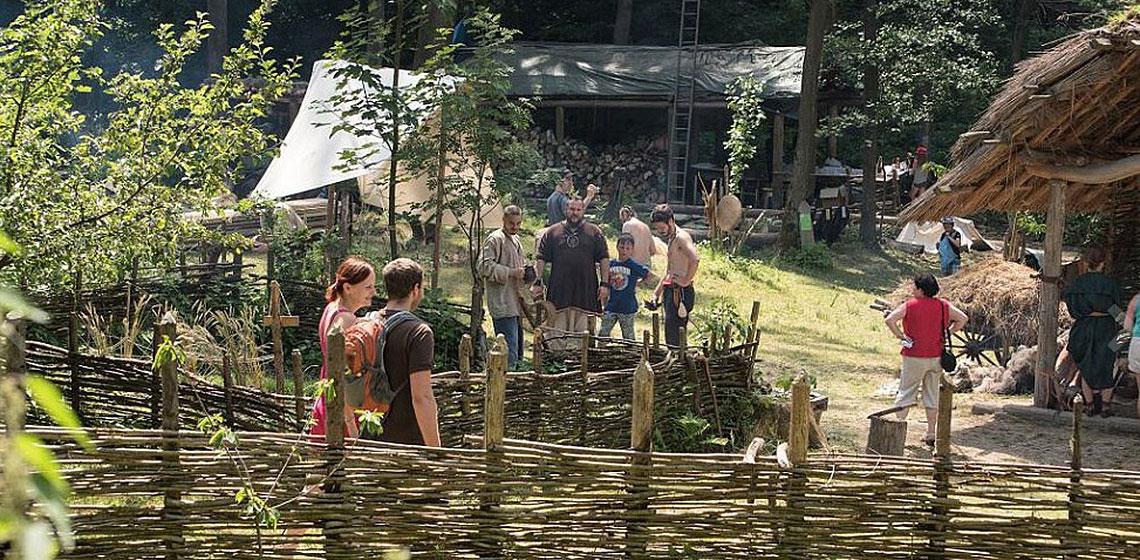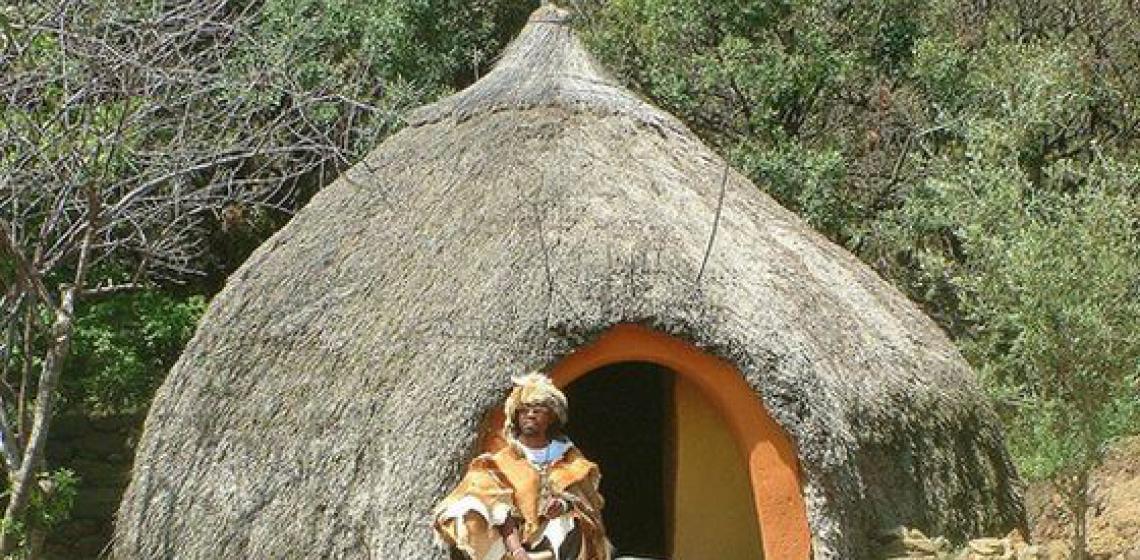Bacrie & Krivolik (CZ)
The association Bacrie was formed in 2007 from fans of history and archaeology. Its aim is to present and popularize prehistoric history on the territory of the Czech Republic.
The association deals with the life and technology of hunters, first farmers, bronze metal smelters and first ethnic groups – Celts, Germans or Slavs. Bacrie is engaged in research activities and its main project is the building of the Prehistoric settlement Krivolik – archaeological open-air museum and an experimental archaeological center.
Krivolik shows the development of human history, from the advent of modern man (Homo sapiens sapiens) (36,000 BC) up to the Early Middle Ages (900 AD). It goes about the main parts of our history – the culture of mammoth hunters, the transition to agriculture (Neolithic Revolution) and the beginning of metal processing. At the end of prehistory we have the first written report on our territory; we know the first names of the tribes and the rulers of some events.









